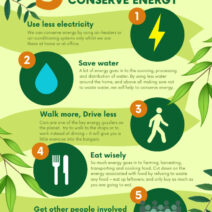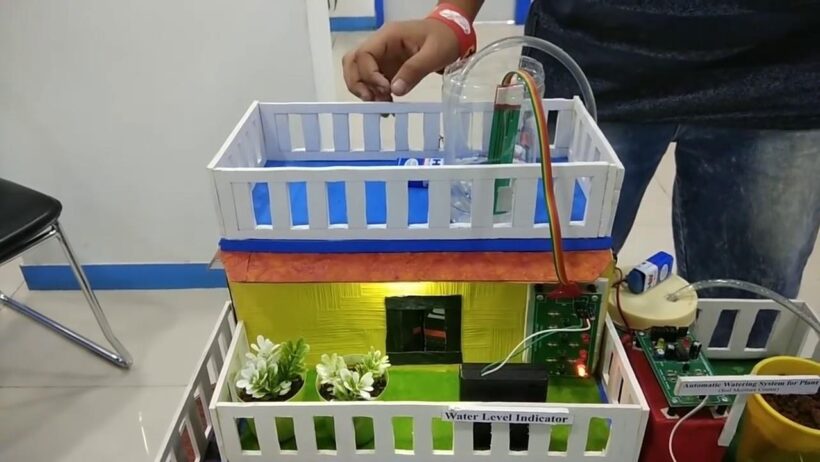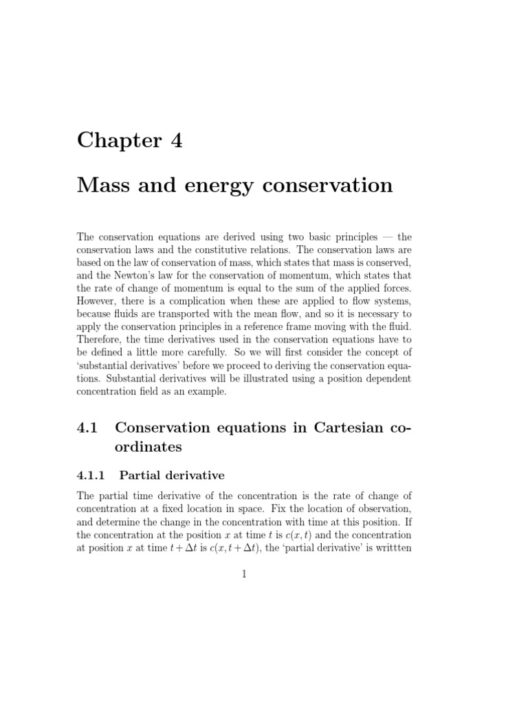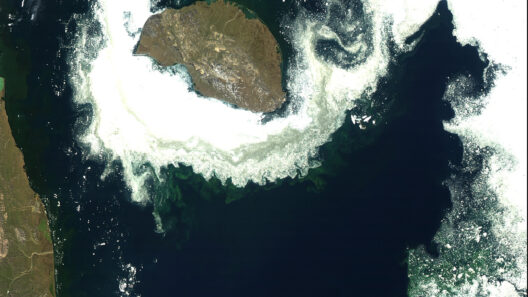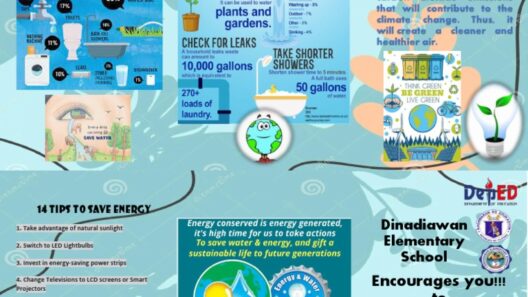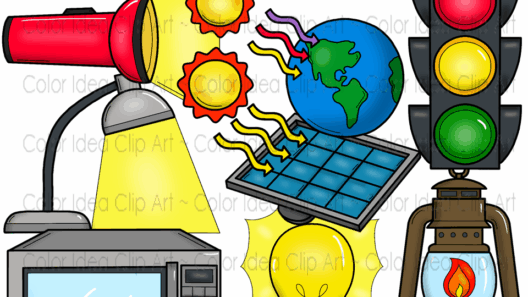In an age where climate change looms larger than ever, understanding energy conservation is paramount. Have you ever pondered the question: “How can we creatively demonstrate the importance of conserving energy in our everyday lives?” The prospect of building a science model dedicated to energy conservation not only invites inquiry but also serves as a hands-on learning experience that can yield electrifying insights.
Creating a science model can be both educational and enjoyable. It allows individuals to conceptualize complex ideas, making them tangible and approachable. The challenge lies in translating the abstract principles of energy conservation into a physical, interactive representation. This task can stimulate a deeper understanding of energy sources, consumption patterns, and the pressing need for sustainable practices.
The first step in this endeavor is to identify a specific aspect of energy conservation that you would like to highlight. Would you prefer to illustrate the impact of renewable energy sources, the importance of energy-efficient appliances, or perhaps the benefits of insulating homes? The possibilities are boundless. For instance, your model might focus on how solar panels convert sunlight into electricity or the way geothermal energy harnesses the Earth’s inherent thermal capabilities.
When selecting your focus, ask yourself: “What issue within energy conservation resonates with me?” This question serves as a compass for your project, directing your efforts toward a topic of genuine interest. With your theme established, it’s time to consider the materials needed for your model. A plethora of common items can be repurposed; cardboard, plastic bottles, old electronic components, and various craft supplies can all play a role in your creative venture. These materials offer a wonderful opportunity to engage in recycling and upcycling, reinforcing the overarching theme of conservation.
To delve deeper into the mechanics of your energy conservation model, it is essential to conceptualize how it will function. For example, if your focus is solar energy, consider crafting a miniature solar panel using small solar cells. By connecting these cells to a simple circuit, you can illuminate an LED light, vividly demonstrating how solar energy can be transformed into electrical energy. Alternatively, if wind energy intrigues you, constructing a small wind turbine from lightweight materials such as plastic or paper can vividly convey the principles of wind energy generation.
After sketching your blueprint and gathering materials, it’s time to turn your concept into reality. Start by cutting and assembling your materials based on your design. As you piece your model together, ensure that it accurately represents the energy conservation element you are targeting. Documentation of the process is valuable; take notes, draw diagrams, and consider video documentation. Making a record not only enhances your understanding but can also serve as a resource for future projects.
As the model takes shape, embrace the experimental nature of science. Don’t hesitate to test different configurations. If your original idea doesn’t yield the expected results, embrace the opportunity to iterate. Perhaps the angle of your solar panel can be adjusted for greater sunlight absorption or the blades of your wind turbine require resizing for optimal performance. Remember, the scientific method thrives on hypothesis, experimentation, and analysis.
A pivotal component of this project is to communicate your findings effectively. Assembling a presentation alongside your model can amplify the impact of your work. Begin by outlining the key principles of energy conservation illustrated by your model. Explain the importance of the energy source you chose and elucidate the potential energy savings that can be achieved through conscious conservation practices.
Fostering an engaging dialogue about your model serves a dual purpose: it reinforces your own understanding while educating others. Invite family, friends, or classmates to engage with your model, asking rhetorical questions to spark interest, such as, “What changes can we make in our daily lives to reduce energy consumption?” This not only generates conversation but also underscores the relevance of energy conservation in contemporary society.
Moreover, consider the broader implications of your model. Energy conservation is not solely a personal responsibility; it has social, economic, and environmental dimensions. Encourage your audience to think beyond individual actions to consider community-wide initiatives, policy changes, and technological innovations. Consider asking, “What roles do governments and organizations play in promoting energy efficiency?” Exploring these questions can lend depth to your exploration of energy conservation.
Upon completion of your science model and presentation, reflect on the overall learning experience. What challenges did you encounter? What insights did you gain about energy conservation, and how has this project flowed into your everyday practices? Engaging in this reflective process is crucial as it cements the knowledge acquired and empowers personal agency in the realm of environmental stewardship.
Ultimately, creating a science model on energy conservation exemplifies the intersection of creativity, inquiry, and education. This hands-on experience not only galvanizes a deeper understanding of energy conservation but also instills the importance of sustainable practices in everyday life. Through the playful engagement with scientific principles, participants become advocates for energy efficiency, equipped to share their knowledge and inspire collective action for a more sustainable future.


